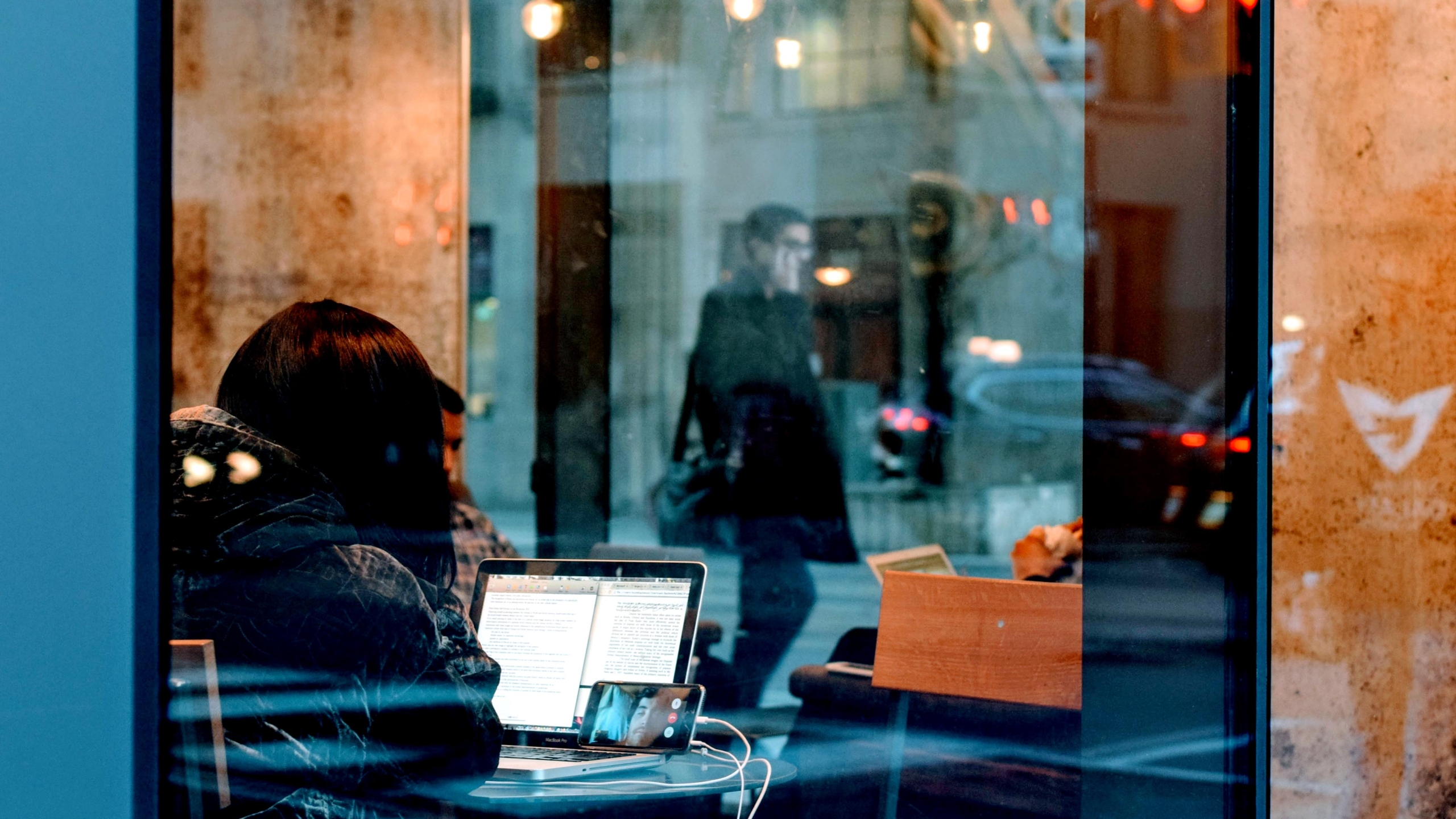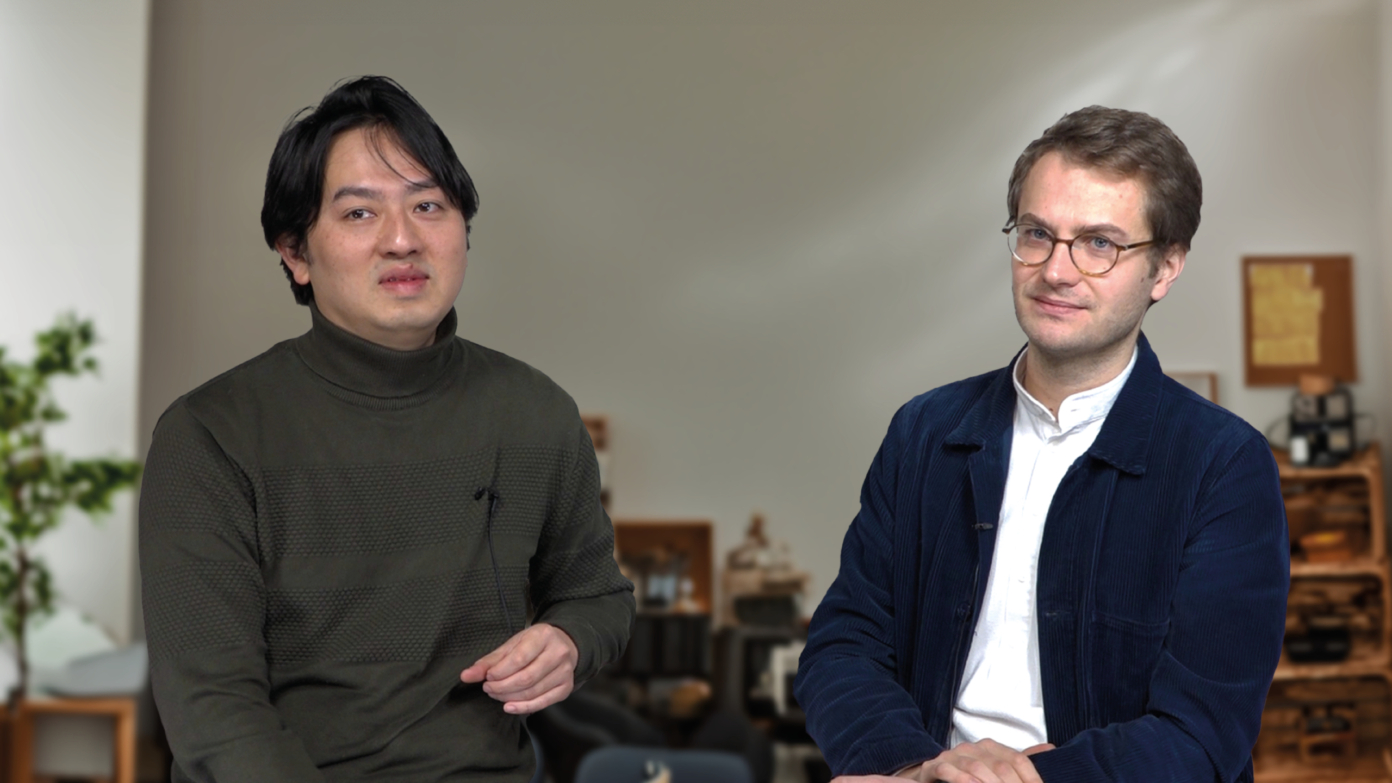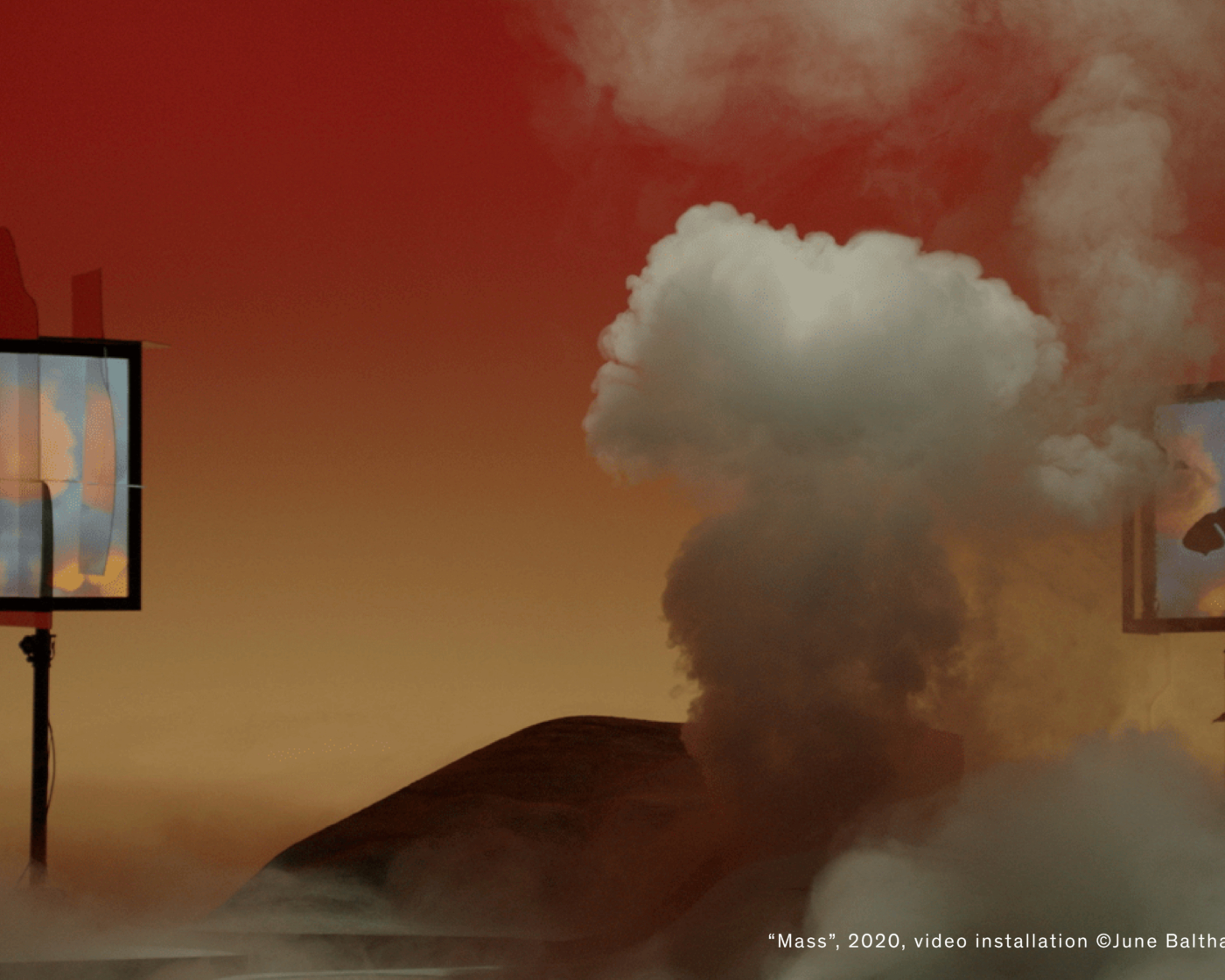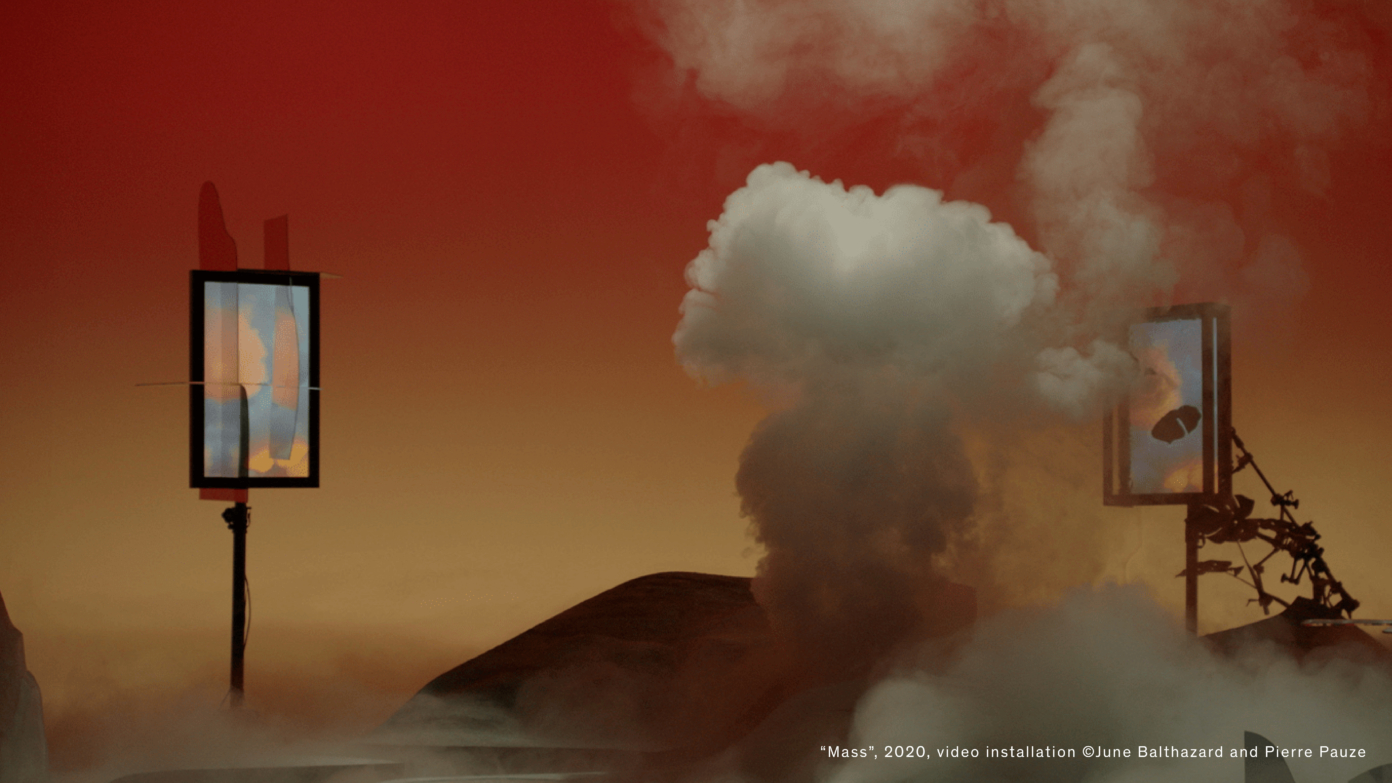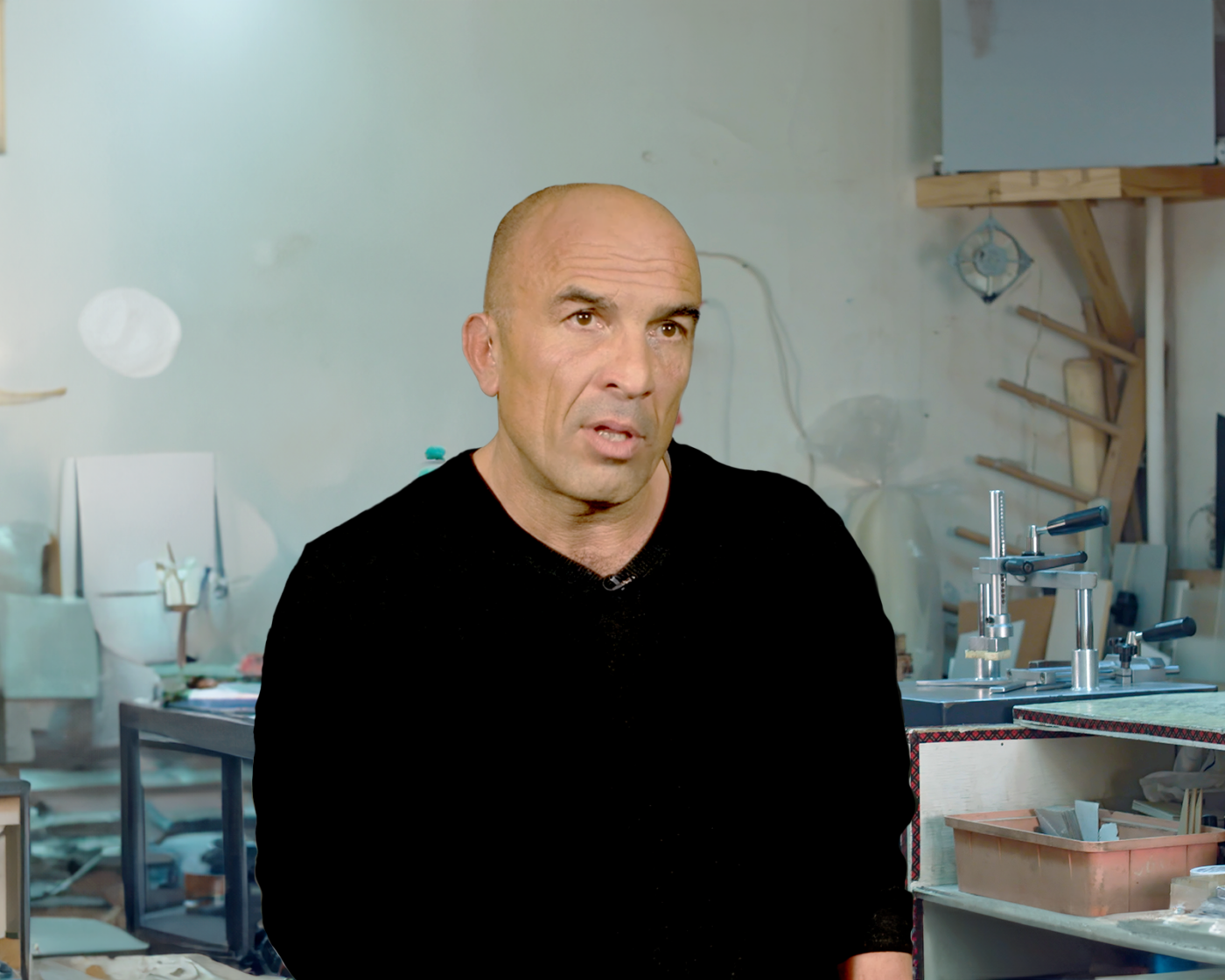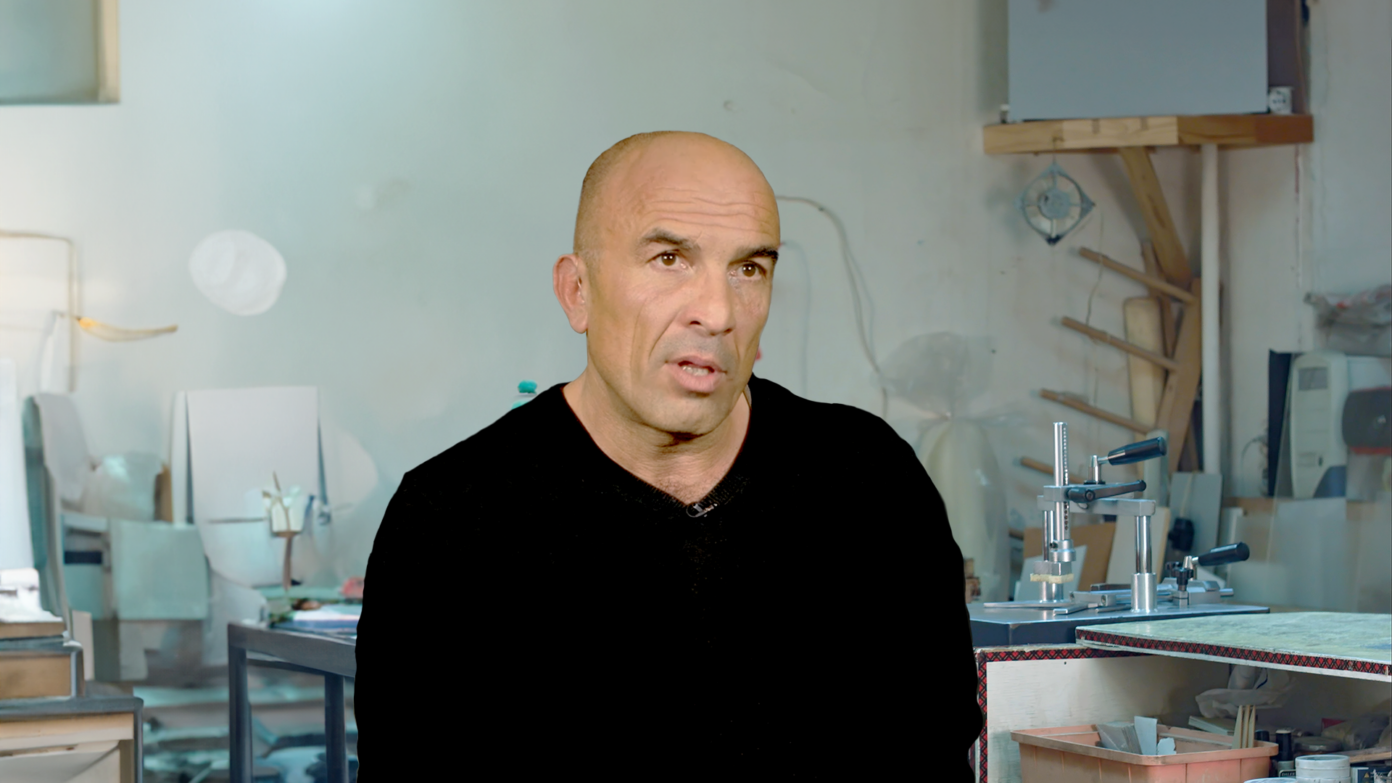The rise of boundaries
The classic model of the business has fizzled out and with it, the office. The stage for the corporate theater is being revised, abandoning, little by little, the trifecta that had defined it: a place, a space-time, and an action. In itself, the office represents therefore a system within which the characteristics constituting it act as boundaries for the employees: determined activity (relative to the duties called for by the position and relevant to the function contributing towards a finished product) realized within a limited time-frame (a production or management cycle) within a precise physical location (the repartition of spaces of work generally being responsible for the translation of the functional and hierarchical organization of a business). These boundaries are today being questioned, made anachronistic by the rapid evolution of the economic system and of a type of production in which a primary characteristic is the rupture of all established forms.
The first disconnect of the current guidelines is structural. The question of «Where am I?» has arisen from the dilemma of organizations having become increasingly complex over the course of the last thirty years. To be able to know and to respond to this question, is essentially to know one’s position in an arrangement—via the most prosaic of manners, by an organizational chart—and at the same time be able to grasp this same sense of organization within one’s team. While businesses are appearing more and more like clusters of multiple gradations and incessant mutations (multinational expansions, fusions, successive buys and sales of subsidiaries, disassociations of management teams and ownership of the business), the individual agents encounter difficulties in finding a place of their own within them. The classic organizations, hierarchical and functional (simple schemes, therefore) have progressively replaced in businesses «by the project,» multiplistic, and complexified. Establishing such an organizational matrix requires a reconfiguring according to several dimensions (by function or job, by product, by geographic region), each encompassing a spectrum of levels of necessary responsibility. This multiple bearing, pluralistic, implicates therefore a temporary link to structure («I work here, now. Tomorrow, elsewhere…»), evolving along with the nature of the projects. The life of a company will be read by its organizational chart and the semi-permanent arrangements—rarely are companies able to pride themselves in having these seating charts «by day.» With a hierarchical progression presiding as law throughout the complete course of careers, a so-called horizontal mobility (between different professions or jobs) tends to develop, heightening an impression of the dynamism of the system. This continuous movement, however, bears certain perverse effects, take for example the rotation of positions: a swap every three years—a rule that has been instituted in a number of teams—, makes the first year dedicated to learning about one’s new responsibilities in the company, the second actually productive, and the third preoccupied with the next change of post. Furthermore, this sense of instability is accentuated by the frequent transfers of personnel between companies, with a position seen as complete for a company after going through a single production cycle.
Next is the question of time. Everything is going faster. Companies burn out in succession, without a sigh, commercial marathons and sprints. The rhythm of production accelerates (the compression of time between the formulation of a concept and its market inception), the management cycles cut short (performance, largely measured by trimester or month, is watched in certain industries by the week), new technologies permit a constant, real-time circulation of information. These temporal dynamics radically change the conventions defining the reality of work. To not recognize and integrate this risks making a big mistake (for example, with making a strategic decision) of missing major corporate revolutions, or at a minimum to become left behind by the competition. This implies that each colleague must be attentive to news that could concern him or herself and use this to impact their work habits. The most modern communication technologies posses the power of democratization, permitting each contributor to keep up-to-date with the companies and vocational sector trends and developments. Immediate effects are considered over the perennial. The certainty of the test of time can no longer exist and the calm that it endowed has dissolved. A manager passes his or her days with eyes riveted to BlackBerry, waiting for latest developments, what may cause a new rupture, a new change that he or she must satisfy. Existence within a hierarchy is read largely by the position one has in the communication web of the company, more so now than square meters or the thickness of carpet in one’s office. This new dialogue with immediate time also shatters boundaries of working hours and times at work. The flexibility required by the employer (following at best the pulse of activity, forced to improvisation) or abided by employees (taking into account constraints and personal aspirations) leads to the dissolution the collective time to the benefit the emergence of a collection of individual times. Only legal or conventional references continue to provide identifiable classification, however, certain categories (especially white collar workers) are more easily labeled, by preference or by force, aided by the tools which are at their disposition, allowing them to remain connected day as night, seven days a week.
A final boundary to disrupt, the sense of action. The evolution of jobs accelerates, notably exacerbated by the continual renewal of methods and technologies, and by the desire to always bring increasing value to the client (the logic of differentiation) at decreasing costs. The banalization of products and services is rapid, in a globalized system which imposes upon companies an impetus to keep relevant with new advances. Companies are under a succession of restructuring strategies—often incoherent—dictated by short-sighted financial schemes and the evolution of jobs driven by employees, by choice, increasing in polyvalence (richer in responsibilities at a constant salary) or, conversely, with an extreme rationalization towards hyper-specialization. Taylorism has not disappeared; it has just replaced factories with offices, aided in this by the informational management tools which are complex and well-integrated. These two ways of redefining the perimeters of work risk, as are they are poorly apprehended and implemented, losing the employee: What reason drives this multiplication of responsibilities? What will come of my working? How will my work contribute to the results of the company? The conviction and the individual and collective engagement, which are well known drivers of good performance, rest largely on the amount each one is invested in his or her work, specifically, the application by which the leadership shares and explains these developments to their colleagues.
The dialogue about space, time, and of the very content of work evolves, conventions seem more blurred, less «contained.» Therefore, in response, the employee—if the concept of employee is still pertinent—is largely driven to (re)discover these boundaries within an increasingly virtual environment. Companies must think of offices both by physical and virtual plan and insure the coherence between the two places of work: What is their added or complementary value? What are some redundancies to reduce between these two work spaces? What rules of access need to be defined? And of course all of the other questions which must define the conception of the working environment and that require the attention of both architect and computer technician. In this new environment, every contributor, from employees to the CEO, must be considered, with new accommodations and etiquette to allow these two worlds to coexist in harmony. This constitutes a major new responsibility for Human and Resource Development (HR) Departments. The static units characteristic of the work of yesterday are replaced by dynamic units. This must be used to envision the work of tomorrow.
